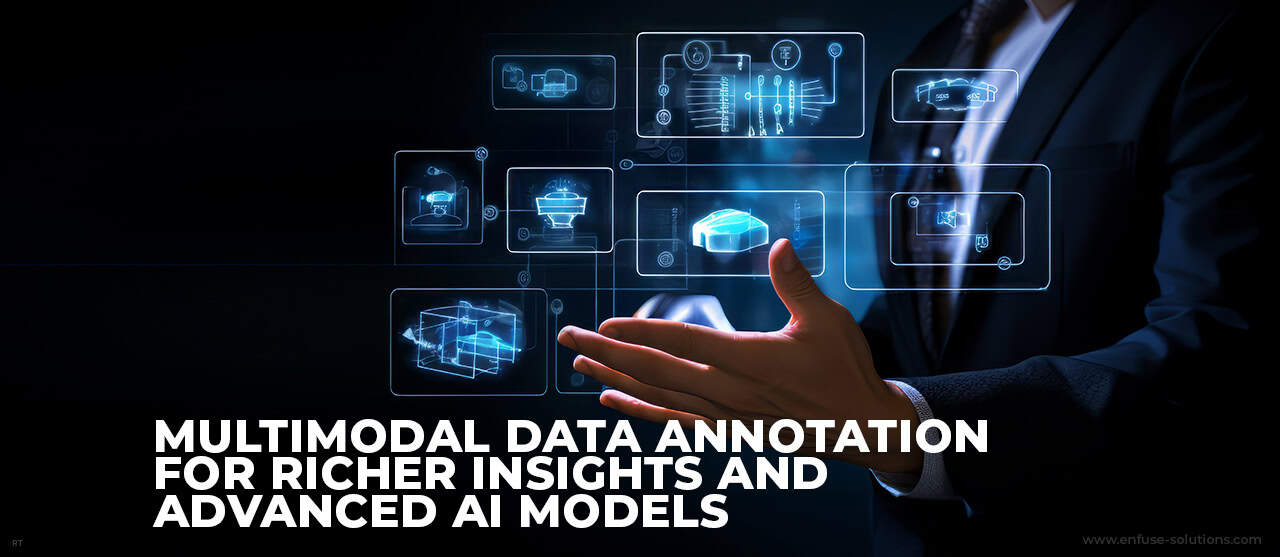
As we know, data is the “fuel” that is powering innovations like Artificial Intelligence (AI) and machine learning. In 2024, more AI-powered models demand a continuous flow of high-quality data and processing capabilities. What’s even more important is the accuracy of data annotation to build high-quality datasets for “training” advanced AI models.
This makes data annotation tasks both important and challenging for modern enterprises. With the growing volume, complexity, and variety of datasets, enterprises can no longer rely on “traditional” forms of data annotation. As more data gets generated, the global market for data annotation tools is expected to rise to $14 billion by 2035.
This is where multimodal data annotation is a more appropriate fit for improved data insights from AI models. Here’s a closer look at how multimodal data annotation works for advanced AI models.
What Is Multimodal Data Annotation?
Human beings are the perfect model of the multimodal approach. This is because we can interact with our environment through multiple senses including sight, touch, smell, and hearing. This means interacting with information in different forms including text, video, and sound.
AI models no longer simply interact with data in a single format. For instance, AI-powered surgical robots can perform through multiple perceptions (including seeing, querying, and cutting) just like human surgeons.
Multimodal data annotation is the practice of labeling (or annotating) a variety of data objects including 2-D and 3-D images, digital images, and videos. As more AI models rely on multimodal real-world data, enterprises require multimodal annotation to curate a variety of datasets. Why is it necessary? To automate annotation activities across modalities and replace error-prone and time-consuming manual annotation.
For instance, consider the scenario of a business professional speaking in a video conferencing session. With multimodal annotation, AI models can accurately process the scenario with multiple modalities including:
- Image recognition – to identify the professional.
- Voice recognition – to process the natural language and voice of the professional.
- High-level semantics.
- Optical character recognition (OCR).
Benefits Of Multimodal Data Annotation For AI Models
With multimodal data annotation, AI models can process information from a variety of data sources including text, images, and video. Thanks to the convergence of these modalities, this technique can now deliver holistic and accurate insights for business decision-making.
Here are some of the benefits of multimodal data annotations for organizations using advanced AI models:
1. Efficient AI Model Training
With manual and traditional forms of data annotation, AI models can still deliver insights that are biased or prone to errors. The multimodal approach overcomes these limitations and delivers high-quality data to feed into AI models. Besides, multimodal annotation can “train” AI models, thus leading to improved predictive capabilities.
2. Improved Data Curation
An efficient data curation process enables data annotators to create and manage their data. Using multimodal annotation, annotators can now label data from different modalities easily and quickly with relevant categories. Annotators can feed this high-quality curated data to advanced AI models and build high-quality pipelines for machine learning applications.
3. Domain-Specific Data
Organizations need to fine-tune AI models to address their domain-specific challenges. With the multimodal approach, they can curate domain-specific data that cater to their industry requirements or business problems. Using multimodal annotation tools, companies can leverage domain-specific datasets to train their AI models for various tasks.
4. Elimination Of Data Bias
Among the common AI challenges, data bias in AI models can deliver inaccurate insights that are biased toward a particular ethnicity, race, or religion. Multimodal annotation provides AI models with “wider and inclusive” data, which are aligned with ethical considerations.
5. Flexible AI Models
Flexible AI models enable companies to deploy them in diverse use cases like self-driving (or autonomous) vehicles, medical diagnosis, and human sentiment recognition. Traditional annotation tools cannot cater to such diverse business cases. Multimodal annotation is more suited to create flexible AI models that can interpret information from different modalities.
How EnFuse Can Help With Data Annotation
The rapid growth of diverse and complex data will fuel the need for multimodal annotation for various AI and machine learning applications. Despite their benefits, annotating multimodal datasets is challenging for a variety of reasons like high costs and lack of specialized skills in data annotation. This is where EnFuse Solutions can help you.
As an annotation specialist, EnFuse offers data annotation services for AI and ML enablement. We have a growing team of experienced annotators who can work closely with you to fulfill your annotating requirements. Here are some EnFuse services that make us the right partner for your next data project:
- Data annotation and tagging
- Data curation
- AI training data
Are you looking for an experienced partner for your next AI project? We can partner with you. If you are interested, contact us today with your requirements.






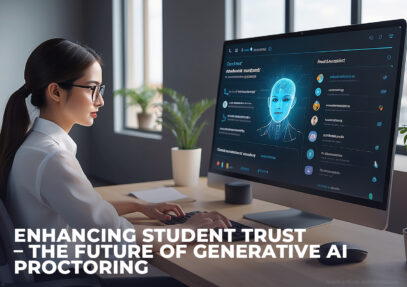

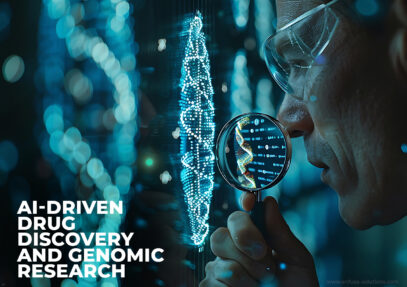




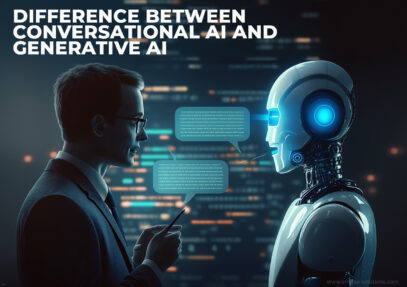

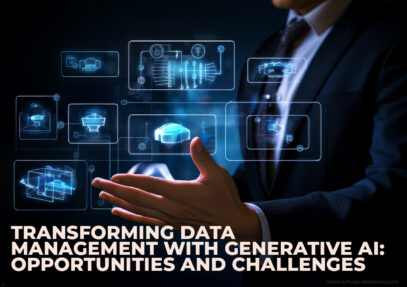

Comment